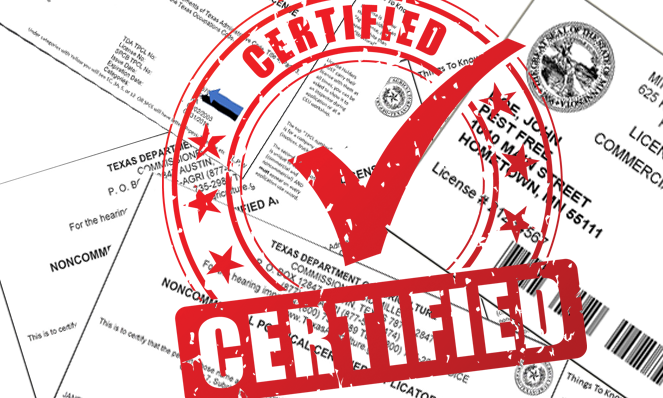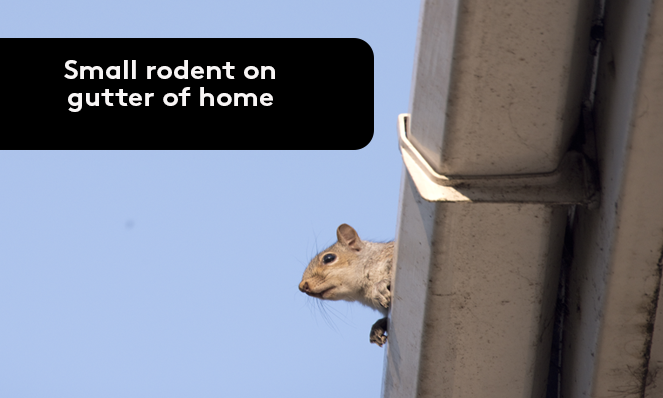So much training and education in the PMP industry is focused on rats and mice but there is considerably less focus on larger vertebrates, such as raccoons, opossums, squirrels, ring-tailed cats, skunks, and other fur bearing animals. There are many laws and regulations pertaining to larger vertebrate pests.

First, you need to check with your regulatory fish and wildlife department – different states have very different fish and game rules. Some states even require a PMP to carry a trappers license in addition to their pest control license. You also need to be knowledgeable about the trap/release laws in your state. Some states are very strict about where you can relocate a vertebrate animal.

When PMPs are performing commensal rodent baiting in attics or crawl spaces, it is important to place your bait in tamper resistant bait stations to avoid exposure to non-target organisms. Exposed bait can be consumed by larger vertebrate pests or protected wildlife harming a non-target organism ultimately resulting in a off label use. The best advice is to educate yourself on local and state laws that could affect your business.